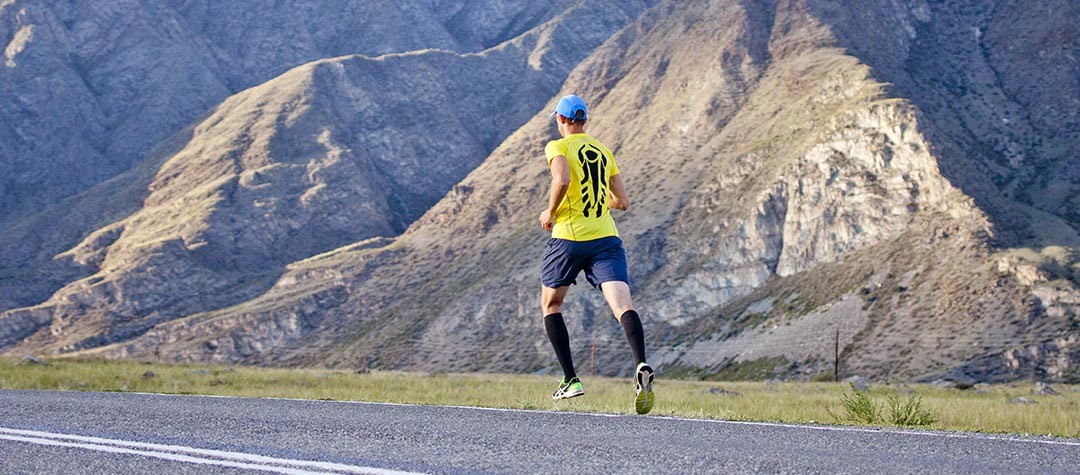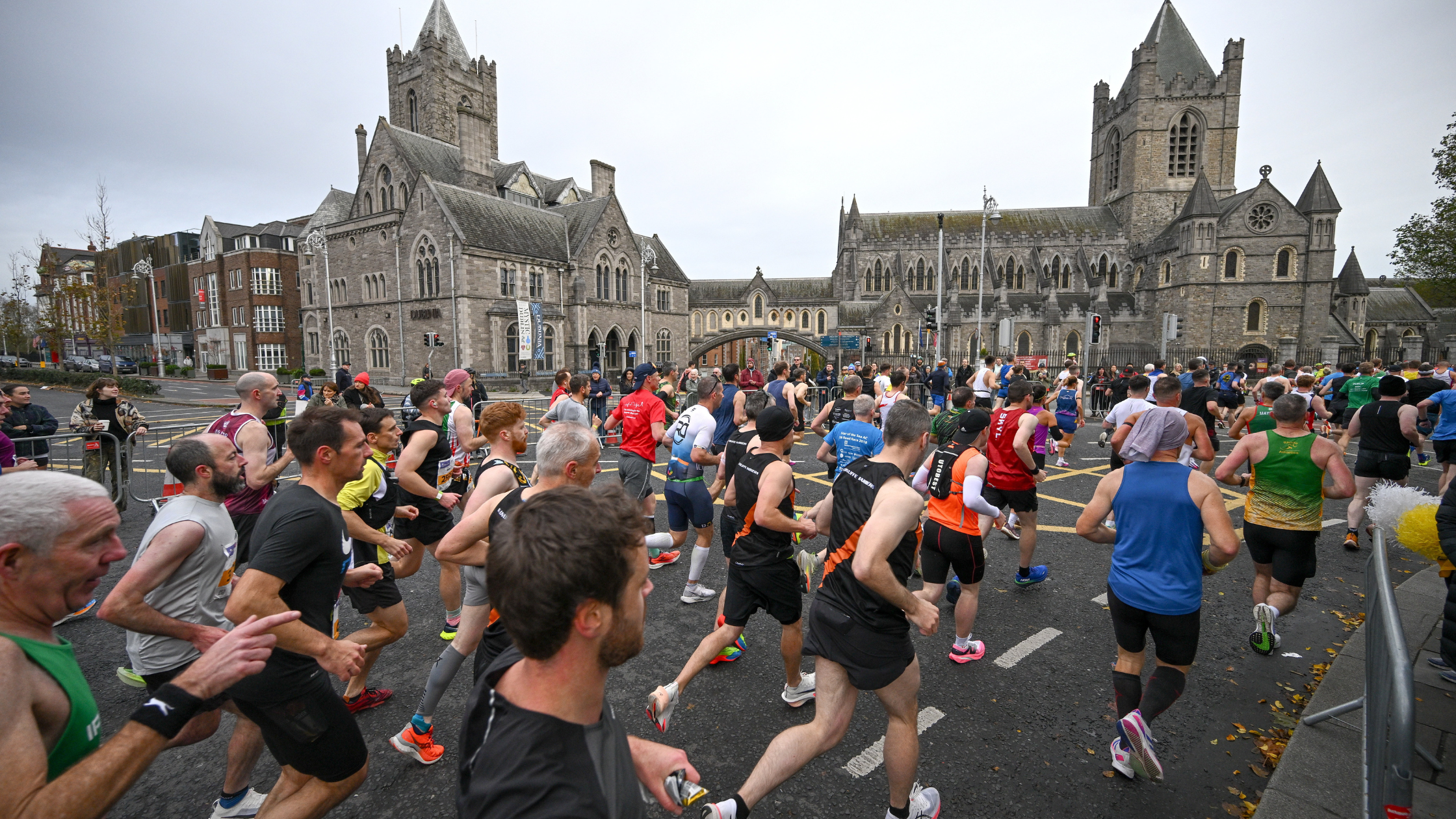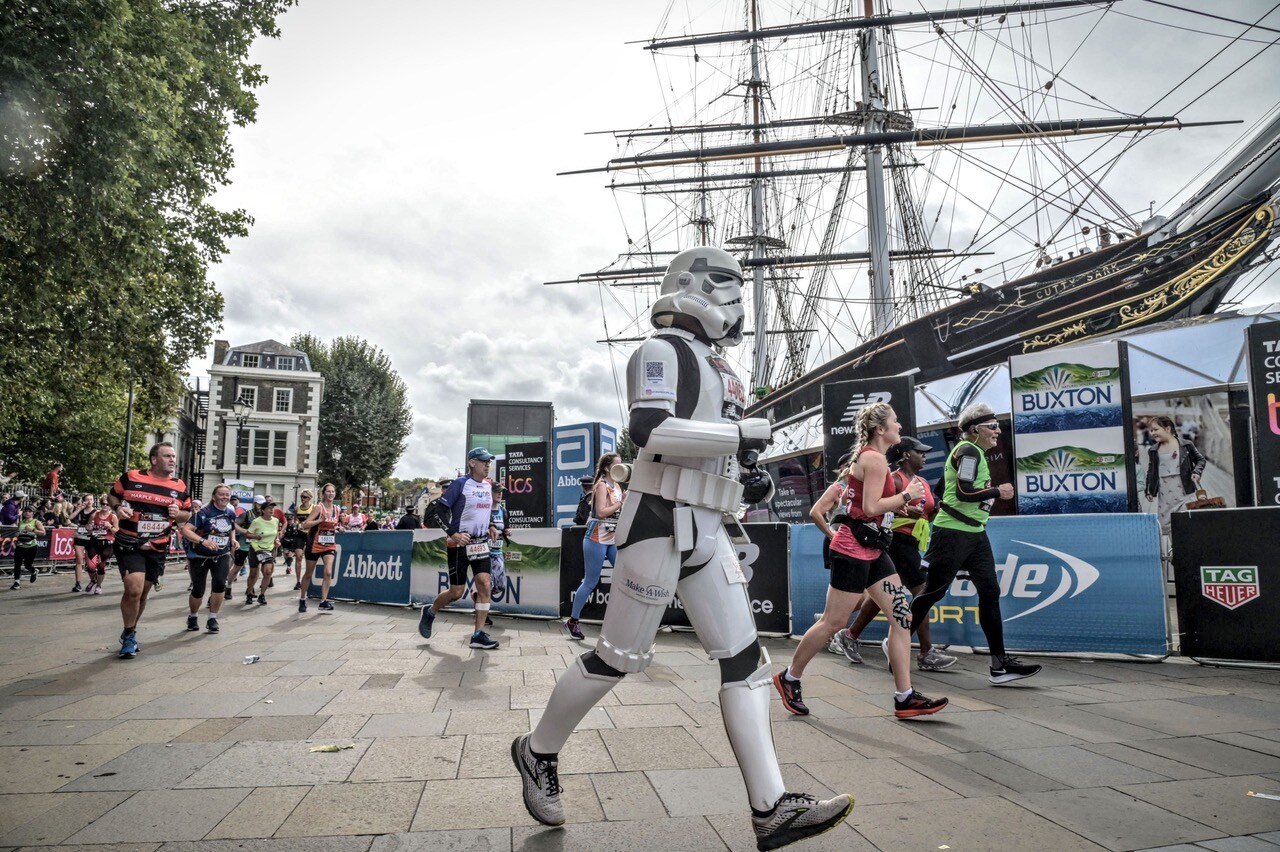Compression gear is a relatively new development in running circles, yet there is still debate about its effectiveness both from a recovery and performance perspective. So how useful is compression gear for runners?
Compression stockings have been used in medicine for years to help improve blood and lymphatic flow. The most obvious example is flight socks worn when travelling by people at risk of deep vein thrombosis (DVT) though they are also worn for a number of other reasons such as varicose veins or even pregnancy.
Made famous in running circles by Paula Radcliffe, compression socks and later compression apparel has become increasingly popular in the sporting world. But how much does it help and can it actually help you to run faster?
With compression apparel manufacturers making bold claims such as ‘improves muscular power and endurance’, research worldwide has been conducted to determine whether compression gear actually does offer the benefits it is purported to.
Useful for recovery?
Numerous studies have shown that compression apparel can reduce the severity and duration of delayed onset of muscle soreness, increase venous return from the lower legs and enhance lactate removal.
Post-race or long run is the ideal time to don your compression gear.
It is thought that the pressure exerted from compression apparel reduces tissue swelling and therefore enhances recovery, so although it may not look particularly fetching or attractive, post-race or long run is the ideal time to don your compression gear. There has also been lots of anecdotal evidence from athletes who claim that their legs feel ‘fresher’ after wearing compression gear post-recovery or when travelling.
Performance enhancing?
Although the research suggests that compression gear can help recovery, the jury is still out as to whether performance is actually enhanced whilst wearing it. A 2009 study in The Journal of Strength and Conditioning Research found that compression stockings improved running performance at submaximal intensities in moderately trained male runners. However, compression did not significantly affect VO2 max.
Compression stockings improved running performance at submaximal intensities in moderately trained male runners.
Some small increases in anaerobic threshold have also been noted in various studies. The theory is that the tights or sleeves reduce muscle oscillation when the foot strikes the ground and therefore this improves muscle efficiency. The majority of studies suggest however that if there are any improvements to performance as a result of compression, they are minimal.
You decide
Aside from the stats produced by the studies, the effectiveness of compression gear is hugely subjective. Compression gear certainly isn’t essential and with it being relatively expensive, it’s up to you as to whether you think it’s worth the investment. If you do decide that it’s for you then always look for medically graded compression products that provide graduated compression. The bottom line is, if you feel they work, the wear them!















